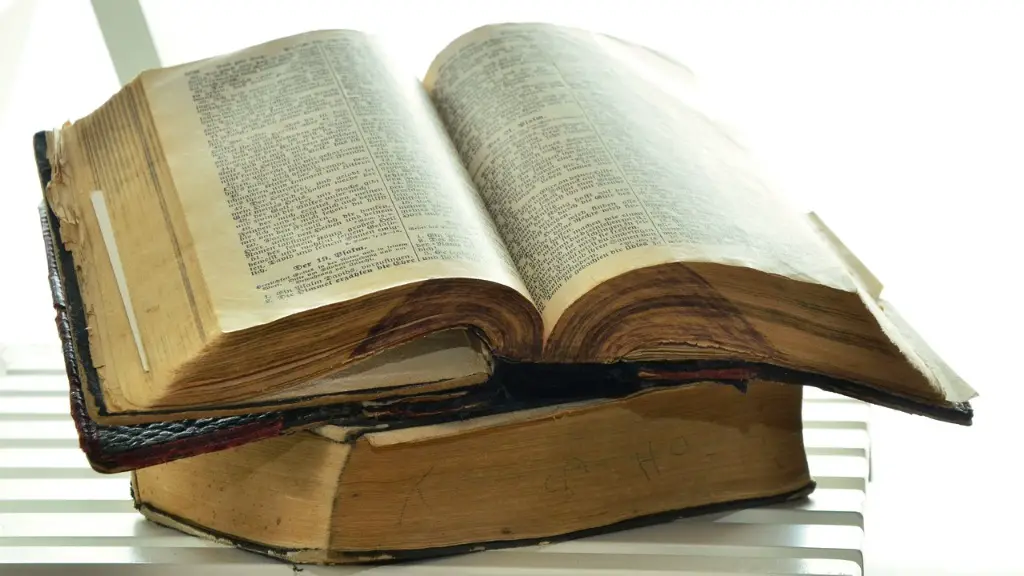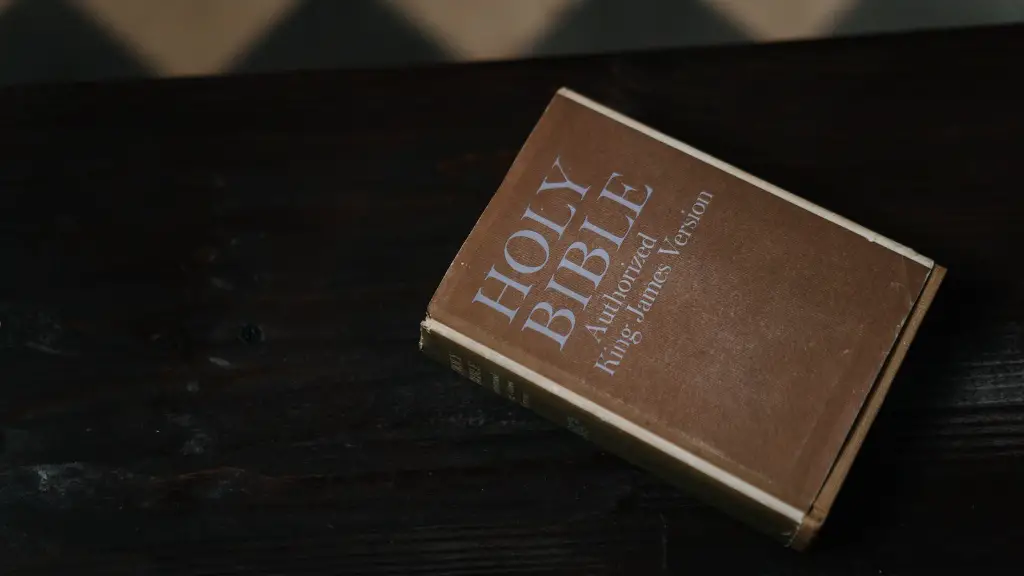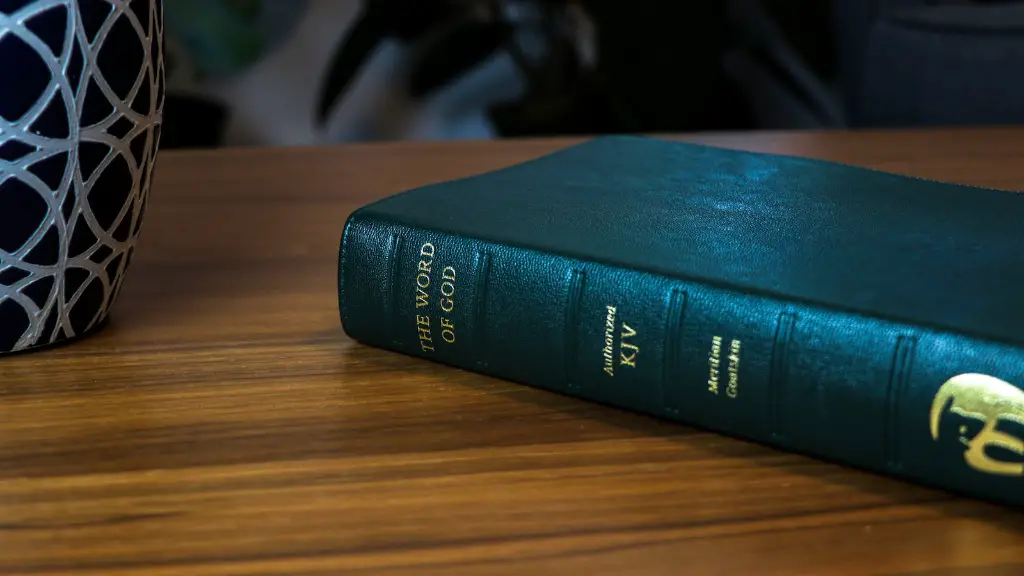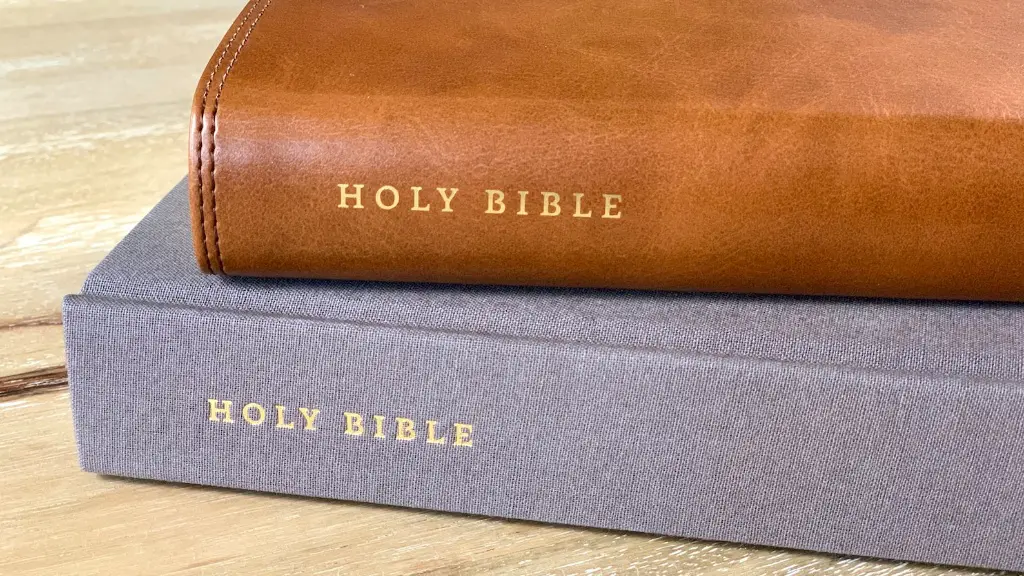Frankincense and myrrh are mentioned several times in the Bible. They were used in ancient times as perfume, medicin, and incense. Frankincense is a resin that is obtained from the bark of a tree called Boswellia. Myrrh is a resin that is obtained from the Commiphora myrrh tree. Both of these trees are native to the Arabian Peninsula and Somalia.
Frankincense and myrrh were two of the gifts that the wise men brought to the baby Jesus. They were prized for their beautiful smell and were used in religious ceremonies.
What does frankincense and myrrh represent in the Bible?
The first interpretation of the gifts given to Jesus by the three wise men is that they symbolize three aspects of Christ’s future life. Gold represents kingship, frankincense represents worship, and myrrh represents death and mourning.
Frankincense and myrrh have been used in religious and cultural ceremonies in the West since ancient times. In traditional Chinese and Ayurvedic medicine, they are mainly used for the treatment of chronic diseases. The main chemical constituents of frankincense and myrrh are terpenoids and essential oils.
What does frankincense represent in the Bible
Frankincense is a resin that is obtained from trees of the genus Boswellia. Frankincense was one of the gifts that the Magi brought to Jesus when he was born, and it has been used in religious ceremonies since ancient times. The frankincense represents Jesus’ deity. In the Old Testament, frankincense was traditionally burned in the temple as an offering to God (Leviticus 2:2). By bringing this gift, the Magi affirmed Jesus was no ordinary man; he is both fully man and fully God.
Myrrh was an ingredient of Ketoret, the consecrated incense used in the First and Second Temples at Jerusalem, as described in the Hebrew Bible and Talmud. An offering was made of the Ketoret on a special incense altar and was an important component of the temple service.
What is myrrh used for?
Myrrh is a natural gum resin that has been used for centuries in foods and beverages, as well as in manufacturing, cosmetics and incense. However, some experts warn that myrrh may interfere with the body’s response to COVID-19. Therefore, it is important to consult with a healthcare professional before using myrrh, if you are concerned about coronavirus disease 2019.
Frankincense is a resin that is derived from the Boswellia tree. This tree is native to Africa and the Middle East. The resin is used in a variety of ways, including as an oil for the skin and in aromatherapy. Frankincense oil has antimicrobial properties and can kill some types of bacteria and fungi. It is also used as a fragrance in soaps, lotions, and perfumes.
What happens when you drink frankincense and myrrh?
Frankincense and myrrh have long been used in traditional Chinese medicine for the treatment of blood stagnation and inflammation diseases. A recent study conducted by nine doctors in China has shown that frankincense and myrrh may also be effective in the treatment of cancer. The study showed that the use of these two substances can help to shrink tumors and kill cancer cells. In addition, the study found that the use of frankincense and myrrh can help to reduce pain and swelling. These findings suggest that these two substances may be beneficial for those suffering from cancer.
Myrrh and frankincense oils have shown to be effective against infectious bacteria and other microbes in test-tube studies. This is due in part to the synergistic interactions of the oils. You can apply diluted myrrh oil to your skin, diffuse it, or use it orally.
What are the healing benefits of frankincense and myrrh
Frankincense and myrrh are both traditional Chinese medicines for promoting blood circulation and removing blood stasis. They often appear in the same prescription in the form of drug pairs. They usually have stronger synergistic effects than single medicines.
Frankincense and myrrh are both aromatic resins that were used in ancient times for a variety of purposes. Frankincense was often burned as an incense, while myrrh made its way into medicine and perfume. Both of these substances have a long history of use and are still revered by many people today.
What is frankincense called today?
Frankincense, also called olibanum, is an aromatic gum resin containing a volatile oil. It was valued in ancient times in worship and as a medicine, and is still an important incense resin, particularly in Roman Catholic and Eastern Orthodox churches.
A lot of research has been done on the properties of Traditional Chinese Medicine (TCM), and it is said to have many benefits. TCM is used to treat a wide range of ailments, including inflammation, respiratory problems, infection, anxiety, and nervous disorders. There is still more research needed to confirm all of the potential health benefits of TCM, but it is definitely worth exploring if you are looking for alternative ways to improve your health!
Does myrrh still exist
The myrrha tree is a species of tree that is native to Ethiopia, Arabia, and Somalia. The tree grows to a height of 3 meters (9 feet) and is known for its drought-tolerant nature. The myrrha tree produces a resin that is used in the making of incense and perfume. The bisabol myrrh is obtained from the C erythraea tree, which is an Arabian species of similar appearance.
Myrrh tonic is considered to be rejuvenating in Ayurvedic medicine. It is thought to be anti-inflammatory, and also appears to be, to some degree, antibacterial. Today, myrrh is used in many mouthwashes, gargles, and toothpastes.
What does myrrh smell like?
Myrrh is a type of resin that is obtained from a tree in the Burseraceae family. The resin is then used to create an essential oil, which has a variety of benefits. Myrrh oil is known for its woody, warm, and aromatic scent, as well as its pungent, slightly medicinal smell. The oil is commonly used in aromatherapy and has a variety of benefits, including reducing stress and anxiety, aiding in digestion, and boosting the immune system.
Myrrh, frankincense, and gold were among the most valuable commodities in the ancient world. They were used in religious ceremonies and as gifts to royalty and other VIPs. The three gifts had a spiritual meaning: gold as a symbol of kingship on earth, frankincense (an incense) as a symbol of deity, and myrrh (an embalming oil) as a symbol of death.
What was myrrh used to heal
Myrrh is a plant resin that has been used for centuries for its medicinal properties. It was used as a remedy for numerous infections, including leprosy and syphilis. Myrrh was also recommended by herbalists for relief from bad breath and for dental conditions. In Traditional Chinese Medicine, it has been used to treat bleeding disorders and wounds.
Frankincense is a resin obtained from the bark of the Boswellia tree. It has been used for centuries in religious and spiritual ceremonies. It is also used in aromatherapy and has a wide range of health benefits.
The most important component of frankincense is its resinous part. The main ingredients are incensole acetate and boswellic acid. According to previous studies, frankincense can have a positive effect on brain development, and possibly on the formation of dendrites and axons and improving their communication.
There are many potential health benefits of frankincense, including its ability to boost the immune system, reduce inflammation, and improve brain function.
Warp Up
In the Bible, frankincense and myrrh are resins that were used in ancient times for incense and as a perfume.
Frankincense and myrrh are mentioned in the Bible as being part of the ingredients used by Moses to make a pure and holy anointing oil, which was used to consecrate the tabernacle and all its furnishings. These precious spices were also used in the sacrifices offered by the priests in the tabernacle. Frankincense and myrrh were highly valued in the ancient world, and their mention in the Bible highlights their importance in worship and in the life of God’s people.





